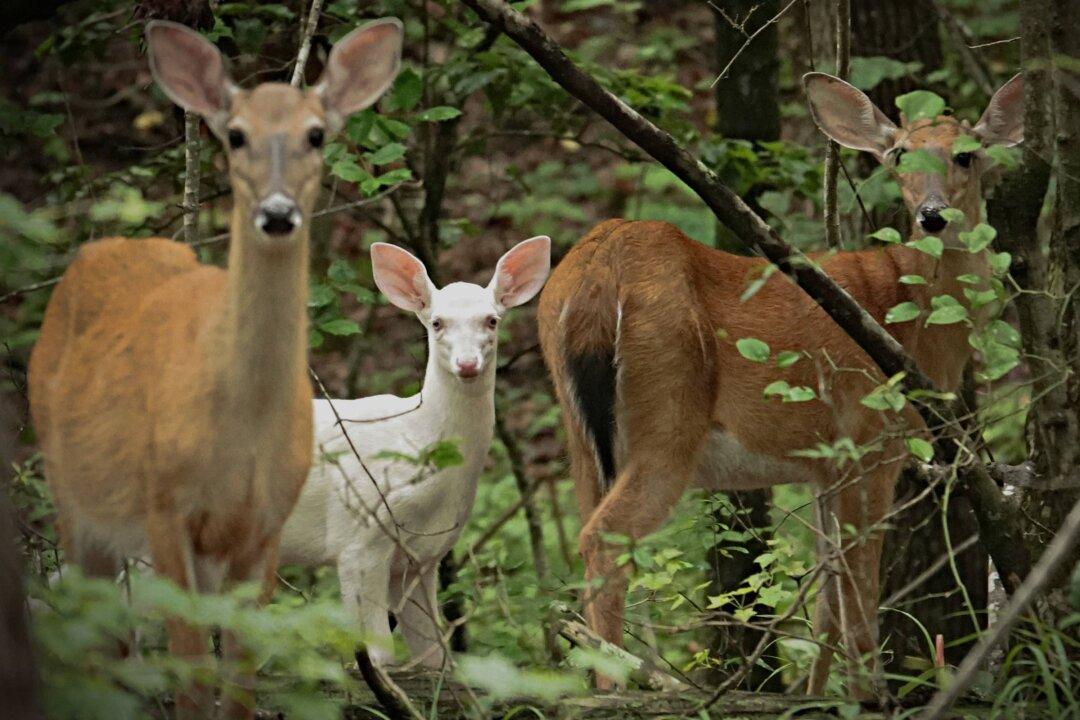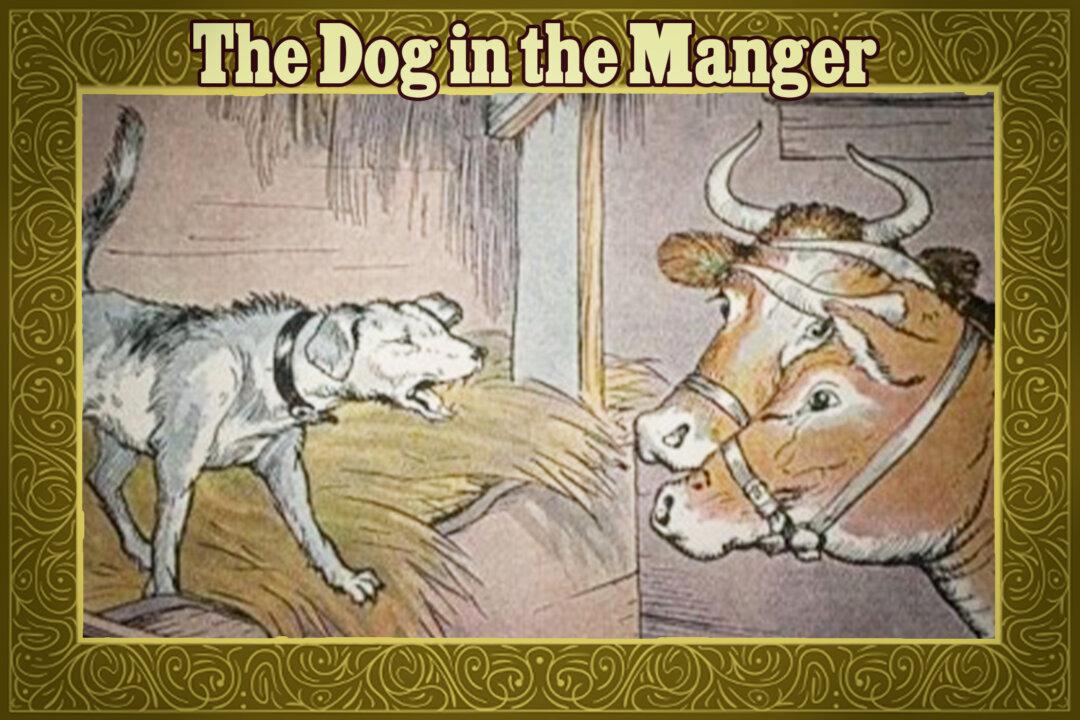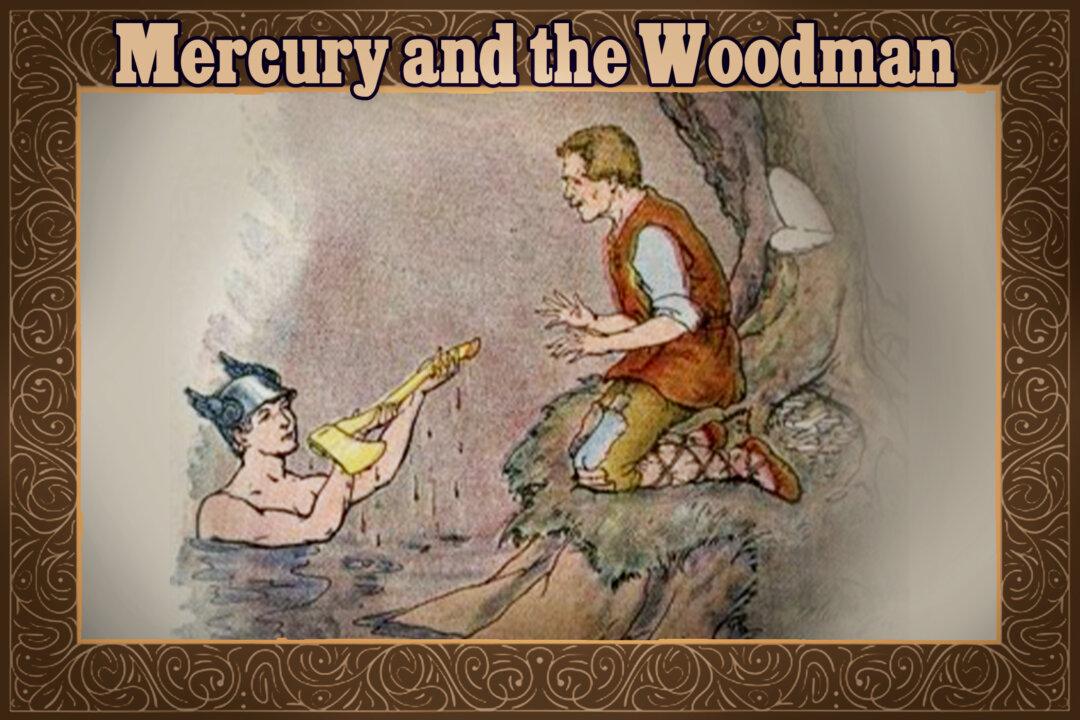The North Carolina Zoo has always been a haven for wildlife, but a recent discovery—a rare white deer spotted roaming the grounds—has left staff and visitors in awe. The connection to a recently published novel led the zoo to describe the deer’s appearance as “miraculous.”
Zoo staff, dedicated to monitoring native wildlife, were the first to spot the unusual fawn. Equipped with wildlife cameras and a keen awareness of the animals inhabiting the 20- to 30-acre Zoo grounds in Randolph County, the team regularly monitors native species like bobcats, foxes, and other local wildlife. This spring, a snow-white fawn was seen trotting alongside the Zoo’s herd of wild white-tailed deer, sparking excitement among employees.

What Causes White Fur in Deer?
The white coloration of the fawn stems from a lack of pigmentation, but it is not caused by albinism. Albinism, a rare genetic condition, occurs when animals lack melanin entirely, leaving their skin, fur, eyes, and other tissues devoid of color. The Zoo’s fawn, however, has brown eyes and a pigmented muzzle, indicating that some melanocytes—the cells responsible for producing pigment—are functioning.
This condition, known as leucism, occurs when melanocytes fail to activate in certain areas of the body. Unlike albinism, leucistic animals often retain some pigmentation and may appear entirely or partially white. Approximately 1 in 1,000 white-tailed fawns exhibit leucism, while only one out of every 30,000 are albinos.
Some leucistic deer may suffer from skeletal deformities; however, the Zoo’s fawn appears physically healthy, giving hope for a long life within the safety of the park.
A Miraculous Symbol
The Zoo has embraced the white deer as a symbol of wonder and resilience. The appearance of this rare creature coincides with the release of Counting Miracles, a novel by Nicholas Sparks set in Asheboro, North Carolina, where the Zoo is located. The book also features the appearance of a white deer, making the real-life sighting feel like a page out of fiction. In the novel, the white deer is a symbol of spirituality that needs to be protected.While guests may not get a chance to see the elusive white fawn, many find that just knowing it thrives within the Zoo’s boundaries is enough to inspire a deep sense of connection to nature’s marvels. For now, the Zoo continues its commitment to protecting wildlife, ensuring this miraculous deer can live its best life in peace.








